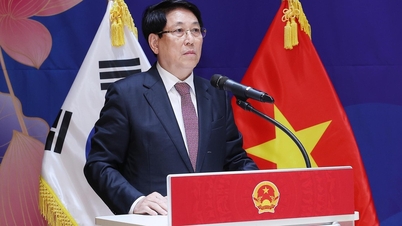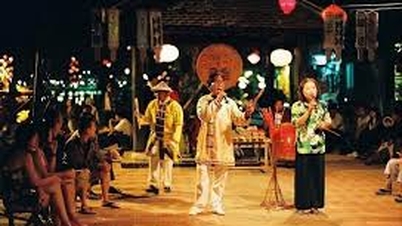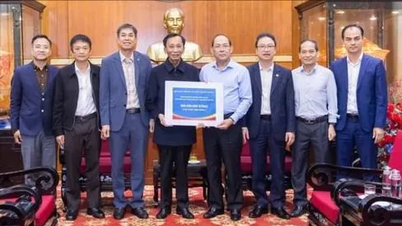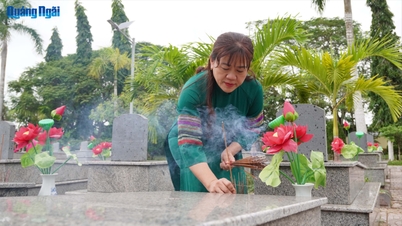This group of officials included not only French people but also many Vietnamese people who were recruited by them in a special way at that time.
On the French side, in the early days of the colonial regime, the person holding the highest position had only one title, Commandant en chef (Commander-in-Chief), accompanied by a rank, for example: Le contre-amiral, commandant en chef (Commander-in-Chief Admiral). On June 25, 1862, the French President signed a decree promoting Admiral (Contre-Amiral) Louis Adolphe Bonard to the rank of Vice-Amiral, and at the same time appointed him as "Gouverneur, Commandant en chef en Cochinchine" (Governor and Commander-in-Chief in Cochinchine; Official Gazette of the Southern Expeditionary Force - BOEC 1862, page 207). That was the time when the title "Governor of Cochinchina" appeared for the first time in the history of the colonial regime in Vietnam.

Petrus Truong Vinh Ky (1837 - 1898) was an interpreter for the French government in 1863.
Source: Arnoux Hippolyte - Voyage de l'Egypte à l'Indochine
N THE FIRST INTERPRETERS AND RECORDS
Contrary to popular belief, after taking control of the provinces of the Southeast, the French colonialists did not immediately abolish the old administrative organization of the Nguyen Dynasty. By order No. 11 dated December 13, 1861, Admiral Bonard appointed Navy Captain Boresse as the temporary "Quan Bo" (ie Bo Chanh Su) of Gia Dinh province. At this time, there were still a few Vietnamese holding positions in the Nguyen Dynasty's mandarin system; Ton Tho Tuong was still the District Governor of Tan Binh, Nguyen Truc (or Truc, because the French appointment document did not use accents) was the District Governor of Tay Ninh (document No. 30 dated February 17, 1863 - BOEC, page 296).
At the same time as maintaining a number of Vietnamese officials as above, Bonard issued Directive No. 5 on December 1, 1861, establishing a group of native officials working for France called Lettré (record) and Interprète (interpreter) recruited through examination. According to this directive, interpreters and clerks received equal salaries, with the first class receiving 30 dong per month, the second class 20 dong per month and the third class 10 dong per month.

Ton Tho Tuong's records, photo taken in Paris in 1863
Source: Jacques Philippe Potteau
As we all know, an interpreter is someone who specializes in translating foreign languages (in this case, French) and vice versa, while a scribe is someone who specializes in copying books and keeping records, like a secretary today. At that time, the two positions of interpreter and scribe were known to many people in the South, expressed in two folk songs, which later became lullabies for mothers in the South: Interpreter, scribe, don't care about silver, marry a silversmith, wear red gold on their hands.
In June 1863, when Phan Thanh Gian's mission departed from Hue to Saigon to board a ship to France to ask for the redemption of the three eastern provinces of Cochinchina, the Cochinchina Governorate also sent a French mission consisting of many Vietnamese civil servants to accompany the mission to support it, including two interpreters, Truong Vinh Ky and Nguyen Van San, and two scribes, Ton Tho Tuong and Phan Quang Hieu. These were the first interpreters and scribes to join the ranks of civil servants recruited and paid by the French colonialists.
District , Prefecture and Governor
In the mid-1860s, the colonial government established a new class of high-ranking Vietnamese officials working in the French administrative apparatus, namely Districts, Prefectures, and Governors. According to the regulations at that time, civil servants who had worked for a long time as interpreters and clerks would be promoted to the second-class District rank. After two years, second-class Districts would be considered for promotion to first-class Districts. After two years, they would be considered for promotion to second-class Governors, and so on, to first-class Governors, second-class Governors, and finally first-class Governors.

Governor Do Huu Phuong when he was young
Source: Arnoux Hippolyte - Voyage de l'Egypte a l'Indochine
Regarding the high-ranking Vietnamese officials working in the French administrative apparatus, there are several points to note:
- District, Prefecture... are just ranks, not positions. These people are just high-ranking executive officers of French officials (Tham bien) who head administrative agencies.
- The district and prefecture officials working for the French were completely different from the district and prefectural officials in the mandarin system of the Hue court.
Later, the French colonialists established the title of "Honorary Governor" to reward officials who had made great contributions to them, such as the case of Cai Be Governor Tran Ba Loc and Cho Lon Governor Do Huu Phuong, who only had a title but no place to serve. (to be continued)
Source: https://thanhnien.vn/sai-gon-xua-du-ky-cac-ngach-quan-chuc-dau-tien-cua-nguoi-viet-185251115203911312.htm


![[Photo] General Secretary To Lam receives Vice President of Luxshare-ICT Group (China)](https://vphoto.vietnam.vn/thumb/1200x675/vietnam/resource/IMAGE/2025/11/15/1763211137119_a1-bnd-7809-8939-jpg.webp)




![[Photo] Prime Minister Pham Minh Chinh meets with representatives of outstanding teachers](https://vphoto.vietnam.vn/thumb/1200x675/vietnam/resource/IMAGE/2025/11/15/1763215934276_dsc-0578-jpg.webp)
































































































Comment (0)